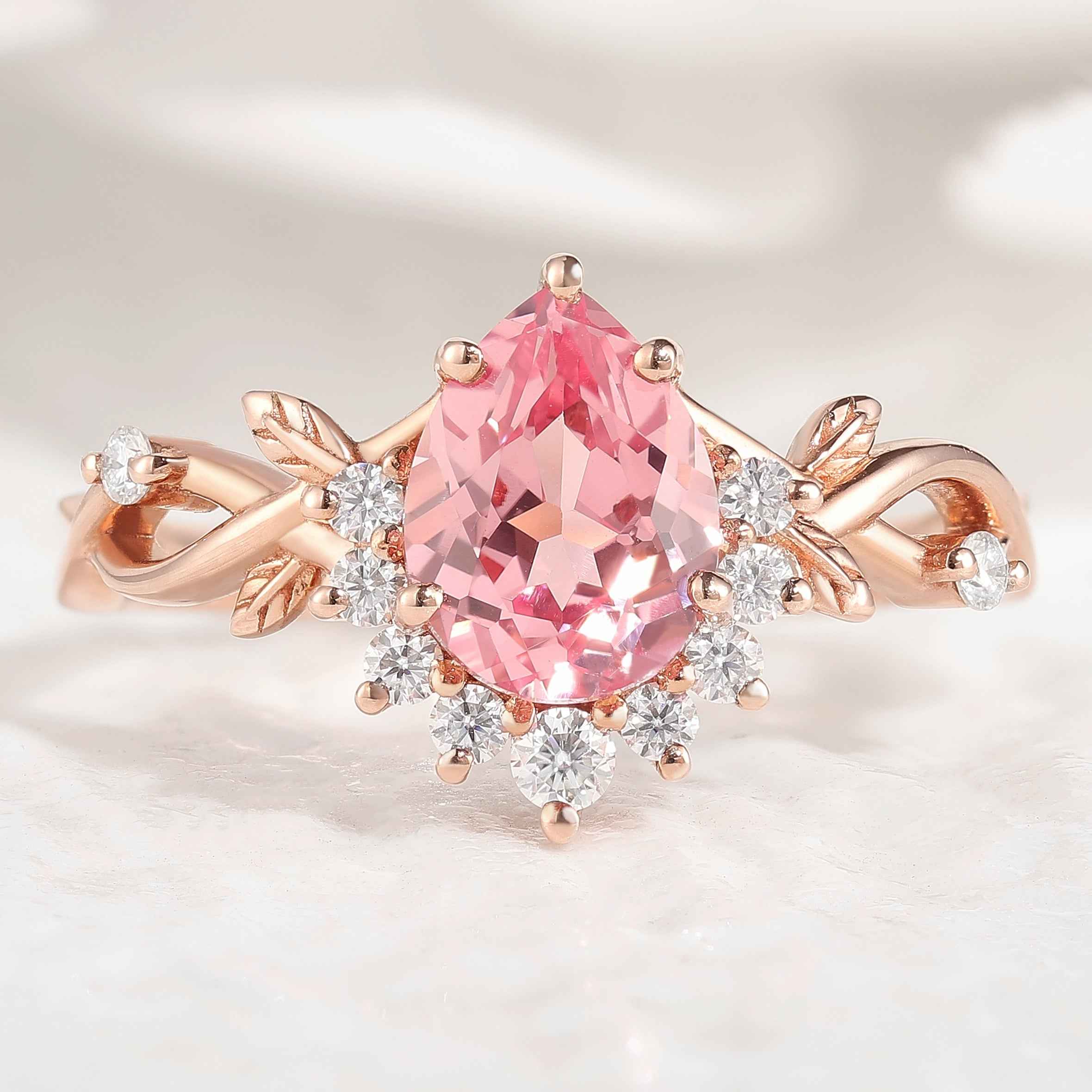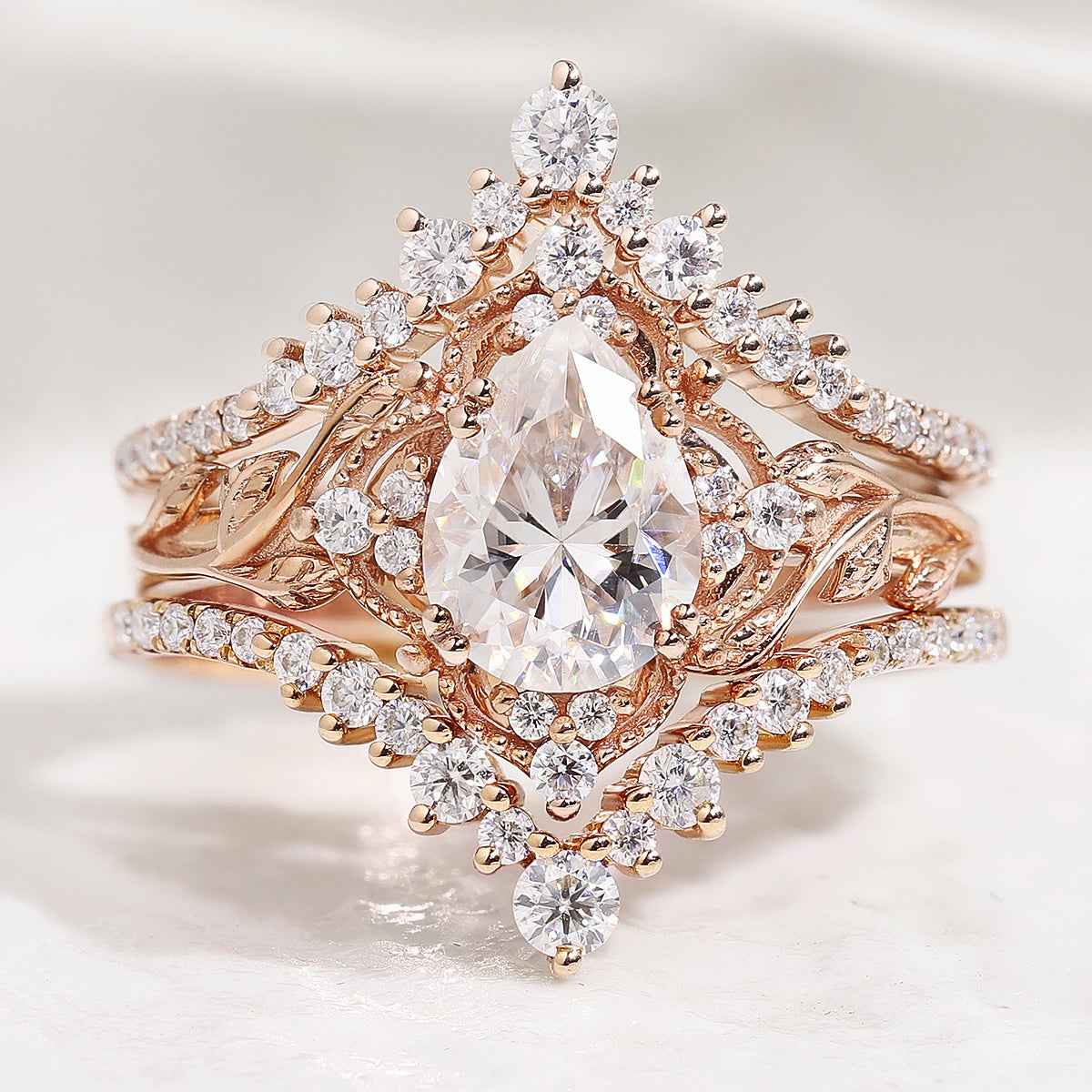Sapphire rings have long been celebrated for their timeless beauty and enduring elegance. Known for their brilliant sparkle and wide range of colors, sapphires make each ring uniquely captivating. Beyond aesthetics, sapphires are remarkably durable, making them perfect for everyday wear. Their diverse hues can influence the style, mood, and symbolism of a ring, helping each piece tell its own story. This guide explores the various colors of sapphire rings, what gives them their distinct shades, their rarity, and tips for choosing the perfect sapphire ring.
Blue Sapphire Rings — The Classic Choice
Blue sapphires are the most iconic and traditional color. Their shades range from soft, pale blue to deep, rich royal blue, created by trace amounts of iron and titanium. Light blue sapphires convey a gentle, elegant look, perfect for simple solitaire or three-stone rings, while darker shades exude sophistication and prestige, especially in halo or elaborate settings. Blue sapphires are also a symbol of loyalty and wisdom, which is why they are a popular choice for engagement rings. They pair beautifully with white gold, yellow gold, or rose gold, making them versatile for different personal styles.
Pink Sapphire Rings — Romantic and Rare
Pink sapphires, colored by trace amounts of chromium, offer soft and romantic tones. They are rarer than blue sapphires, making them highly sought after for collectors and jewelry enthusiasts. Pink sapphire rings have a warm and delicate appearance, and when paired with rose gold settings, the effect is especially romantic and feminine. These rings are ideal for engagement rings, anniversary gifts, or anyone who appreciates a touch of elegance and individuality.
Yellow Sapphire Rings — Warm and Luminous
Yellow sapphires, tinted by iron, emit a bright and sunny glow. Their cheerful tones make them ideal for playful, vibrant ring designs or vintage-inspired styles. Yellow sapphires look stunning with white gold or yellow gold settings, creating a warm, luminous effect on the finger. Although less common than blue sapphires, yellow sapphires offer a unique and refined charm for those seeking a distinctive yet elegant ring.
Green Sapphire Rings — Fresh and Unique
Green sapphires range from soft pastel greens to deeper, forest-like tones, created by specific ratios of iron and titanium. Green sapphire rings exude natural elegance and understated luxury, making them perfect for modern minimalist or nature-inspired designs. They pair well with white gold or rose gold, offering a unique look for those who want a ring that stands out subtly while remaining refined.
Orange and Padparadscha Sapphire Rings — Extremely Rare
Orange sapphires, particularly the Padparadscha variety, are among the rarest and most coveted sapphires. Their pink-orange hue is formed by a unique combination of chromium and titanium. These sapphires are highly prized for their rarity and striking beauty, often featured in custom or high-end rings. Padparadscha sapphire rings make a bold statement and are perfect for collectors or anyone seeking a truly unique and luxurious piece.
What Gives Sapphires Their Colors
The colors of sapphires are determined by trace elements within the stone. Iron and titanium produce blue, chromium produces pink and orange hues, and specific ratios of iron and titanium can create green tones. Each sapphire is naturally unique, and while heat treatment can enhance color uniformity, the natural charm of a sapphire lies in its distinctiveness and subtle variations.
Durability and Color-Fading Concerns
Sapphires are second only to diamonds in hardness, rated 9 on the Mohs scale, making them extremely resistant to scratches and ideal for rings worn daily. Natural sapphires retain their color over time and rarely fade. However, exposure to intense sunlight, extreme heat, or harsh chemicals like bleach and strong acids may slightly dull the stone’s surface or reduce its luster. For long-lasting brilliance, clean sapphire rings gently with warm soapy water and a soft brush, and avoid direct contact with harsh chemicals.
Choosing the Best Sapphire Ring Color
Selecting the perfect sapphire ring involves considering personal taste, skin tone, ring setting, and intended occasion. Lighter skin tones often complement blue or pink sapphires, while deeper skin tones look striking with rich blue, green, or orange hues. The choice of metal—rose gold for soft, warm tones or white gold for bold, deep colors—can further enhance the stone’s appearance. Rare shades like Padparadscha or deep green offer uniqueness and a luxurious feel, ideal for collectors or special custom pieces.
Sapphire Rings as a September Birthstone
Sapphires are the traditional birthstone for September and symbolize wisdom, loyalty, and resilience. Different colors of sapphire rings can express different qualities: classic blue conveys trust and calm, pink evokes romance and tenderness, green represents renewal and nature, and orange or Padparadscha highlights individuality and rarity. Sapphire rings make meaningful gifts for birthdays, anniversaries, or significant milestones, combining beauty with symbolism.
Conclusion
With their striking colors, remarkable durability, and rich symbolism, sapphire rings are truly timeless pieces of jewelry. From classic blue to romantic pink, luminous yellow, natural green, and rare orange hues, each color brings a unique character to the ring. By considering your personal style, skin tone, and the symbolism you want to convey, you can choose a sapphire ring that is not only a beautiful accessory but also a meaningful and lasting treasure.






